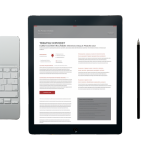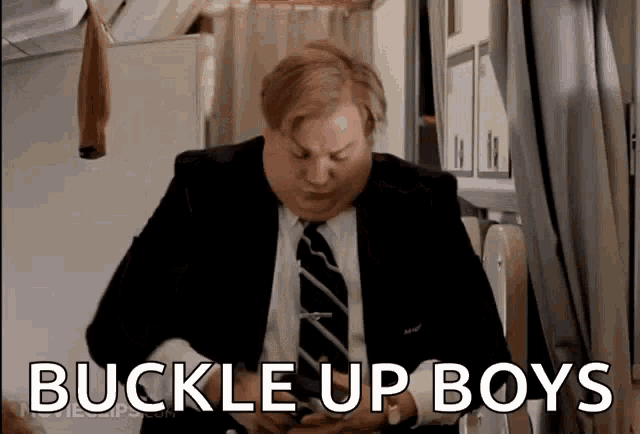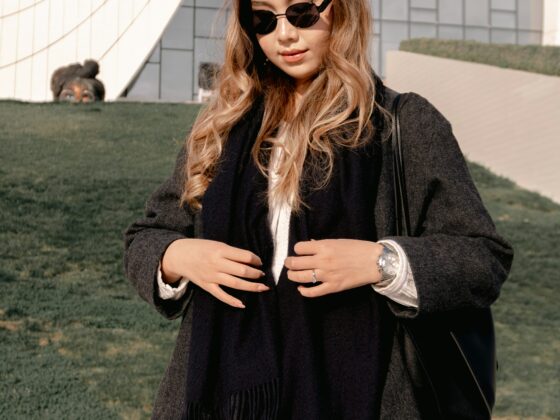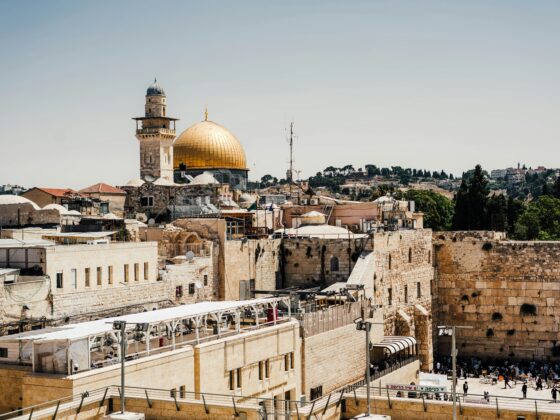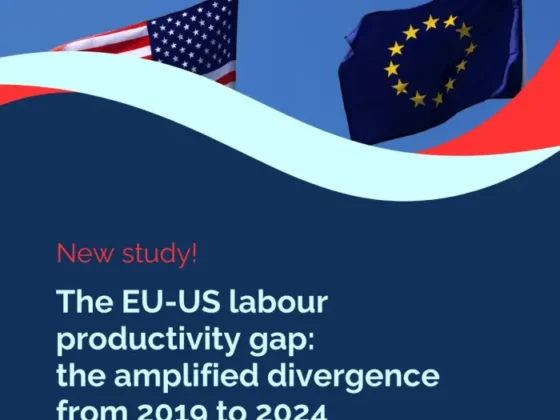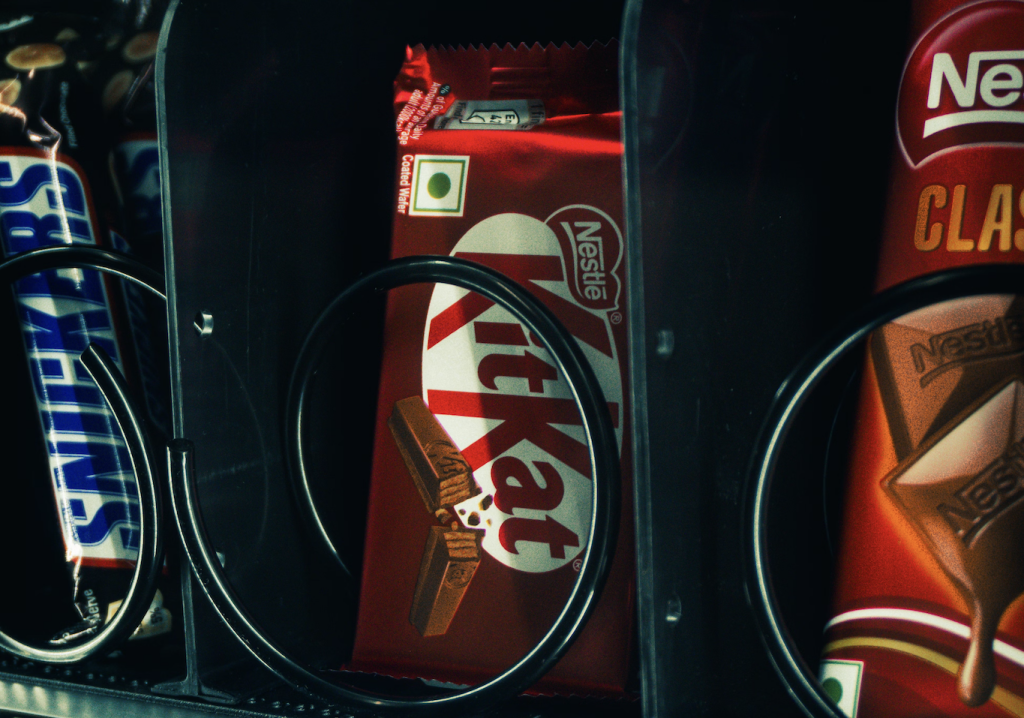
Reading Time: 4 minutes
James Bland, managing director of BVA BDRC, discusses why the hotel sector is unlikely to suffer from brand fatigue any time soon.
KitKat heralded the start of 2025 with a whole new style of its iconic fingered bar. Three new flavours – salted caramel, hazelnut and double chocolate – take the form of a much larger bar, a ‘sharing bar’, retaining the snappable fingers but occupying more shelf space. Oh, and with a fancier, swirly chocolate coating.
The launch was welcomed by the chocolate-consuming public and the new KitKats were added to a brand family which includes a green matcha bar, in deference to variances in global tastes.
Which takes us, effortlessly, to hotel brands. Rather like saying ‘Beetlejuice’ three times, one only has to think ‘are there too many hotel brands?’ and another is launched. And the more brands, the more the global branded operators seek to add more.
As I was writing this, with or without the aid of a KitKat, IHG paid €110.5 million for the Ruby Hotels brand. Just the brand, no real estate. The flag is growing quickly, having achieved net system size CAGR of 26 per cent over the last five years and the sector responded positively to a deal which gave IHG’s owners and guests more choice – now from 20 brands – without spending billions in the process.
But with the global brand stables edging towards 50 brands each (Accor, take a bow), do they now have too many brands? The simplistic view is, of course, yes. If even some of the development teams can’t rattle off all the brands by rote, then perhaps there are too many. There are certainly too many for either a consumer or an owner to make a considered, rational choice.
However, humans don’t tend to make rational, considered choices. They tend to make irrational, emotional ones. Especially where experiences are concerned. And with OTAs having exploded the ability of hotels to promote their wares, it is now perfectly possible to go through your hotel-staying life without being exposed to the establishment of brands. And with people’s desires for different and unique experiences, the hotel companies need something for everyone, knowing that one size no longer fits all.
Don’t want my Hilton? That’s fine, I have a Conrad you may like. Or a Hilton Garden Inn. Or a DoubleTree. Or a Spark. Or… you take my point.
But to return to the KitKat, what is a brand? They exist in the minds of consumers as a perceptual construct providing identification and differentiation and assurance while they essentially communicate a promise. In this case; a tasty wafer-covered treat to add delight to your morning/afternoon/we’re not prying too closely.
Hotel brands exist on two dimensions. On the one hand, the consumer KitKat model. On the other, there’s the operational, financial and legal framework they provide, whereby you agree to comply with a series of SOP in exchange for business opportunities and support networks.
When we ask people whether a brand is important – and we do – almost no-one says it is. I’ll spare you the data science, but even when you attack it with a little more sophistication than just a simple survey question, just nine per cent of the average person’s decision is influenced by brand in and of itself.
However, when we look at the selection process, we find that 53 per cent – and we’re being conservative – of the average person’s decision is summed up by a brand. So does a brand drive selection? Yes, we rather think it does.
So that’s reassuring for those behind IHG’s Ruby deal. But will they see a return on that €110.5 million investment in the form of a higher rate? We think that they might and we have an approach called Brand Margin which bears this out.
We ask people to imagine a hotel room, and then indicate how much more – or less – they think people would pay for that exact room if it were sold under a particular brand name. By asking it in this comparative context, rather than in absolute terms, we’re already committing, mentally, the respondent to the fact that someone is paying an amount for the room. We’re just asking them how much the brand will add or takeaway. It’s a subtle, but crucial difference, similar in principle to the best practice approach to upselling, where you sell the difference between A and B, rather than the full amount. For example, you’re not selling a £110 total package, you’re selling a £10 uplift to £100 that’s already mentally committed.
The results, once you average them out over all the responses collected, give you a representation of the financial value a brand adds over and above the intrinsic value of the room itself. No impact from seasonality, no sales promotion, no skilful yield management – just the brand. And we have discovered that it does, with variations for segment and brand.
And this is why the flurry of new KitKats shoving the Twixes aside at your local supermarket is unlikely to end with salted caramel. People don’t want less customisation, they want more. Hotel companies don’t want to shrink their pipeline, they want to grow. The addition of new brands is as inevitable as it is relentless. Hotel companies don’t give a stuff if someone doesn’t know ALL their brands. What interests them is how many people know one-or-some of their brands. They hope their loyalty programmes will then do the heavy lifting for the others.
And here’s the crux of the matter – some people may very say that they think there too many brands. But that doesn’t mean their actions will bear that out.
